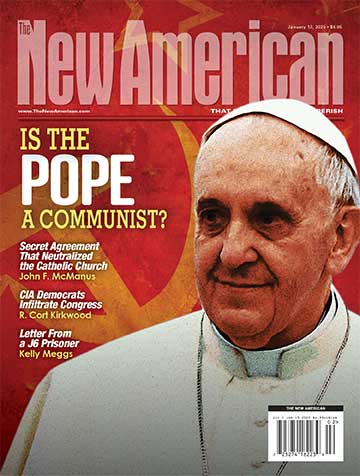
The Associated Press in London reports that Britain’s consumer inflation rose to 3.3 percent in November, up from 3.2 percent in October. The rising inflation is reportedly “driven by a surge in food and clothing costs.”
According to the Office for National Statistics, prices for food have increased 1.6 percent, while those for clothing have gone up 2 percent.
The Associated Press writes, “The consumer inflation rate is well beyond the government’s inflation target of 2 percent, plus or minus one percent. It has been above 2 percent for more than a year.”
Likewise, the retail price index — an inflation measure — was up 4.7 percent in November, .2 percent higher than in October. Retail prices that do not include mortgage interest payments have also increased to 4.7 percent, from 4.6 percent in October.
Commenting on Britain’s figures, Howard Archer, an economist at HIS Global Insight, said, “The Bank of England will undoubtedly be concerned by the November consumer price inflation data, although it will not be a major surprise to them as they forecast inflation to average 3.2 to 3.3 percent in the fourth quarter (of 2010) and to rise just above 3.4 percent early in 2011.”
He adds, “The big worry for the Bank is that rising inflation will fuel inflation expectations, although it is questionable whether that would feed through to life wages given high unemployment.”
Similar patterns have been found in the United States.
The Financial Times writes, “Prices rose unexpectedly fast in November, driven mainly by the higher cost of staple consumer goods.”
In the United States, the Office for National Statistics shows the consumer price index has risen .4 percent, more than in any previous November since the start of the index in 1997.
Likewise, FT reports, “Prices are now 3.3 percent higher than a year ago, up from 3.2 percent in October; economists had expected inflation to remain steady. In particular, prices for food and non-alcoholic beverages and those for clothing and footwear posted strong gains.”
However, not everyone is shocked by the inflation figures. Conservative pundit Glenn Beck warned as early as last year that inflation will result in soaring cotton prices. A recent report from the National Inflation Association announced that the cost of cotton has increased by 54 percent. The organization warned that the rising cost of cotton was impacted by hyperinflation, as is everything else. Likewise, it warned that Americans should continue to expect to see clothing prices increase.
Gerard Adams of the NIA released a written report attributing the rising costs of food and cotton to the Federal Reserve’s $600 billion quantitative easing, and believes that food and clothing prices will be hit hardest in 2011.
Nearly identical to what is reported in Britain, the retail price index in the United States, increased to 4.7 percent from 4.5 percent in October.
In the United States, the cost of clothing and footwear increased at a record pace for an October-November period for November, with a 2 percent gain month on month, according to FT. Furniture in the United States has also risen to 3.7 percent.
The Financial Times explains, “The stubborn persistence of inflation has confounded economists and is almost unique among developed industrial economies.” But there’s really no mystery as to why prices continue to increase: The Federal Reserve continues to create new money to supposedly bolster the economy, and every new dollar printed reduces the buying power of all other dollars already in the economy.
As Forbes says, "One of the Federal Reserve’s stated goals for its additional round of monetary easing [money creation] is to create some inflation, in an effort to help inflate the economy out of its doldrums." As the Fed continues to print money, even as pay increases in the private sector remain sparse, expect your dollars to buy less and less. It’s a good thing that government employees have continued to get pay increases during the economic downturn so that they can bolster the economy — oh, wait, government employees don’t create wealth for a country; they merely drain it from the private (wealth-producing) sector and cause higher taxes and debt — sorry.




